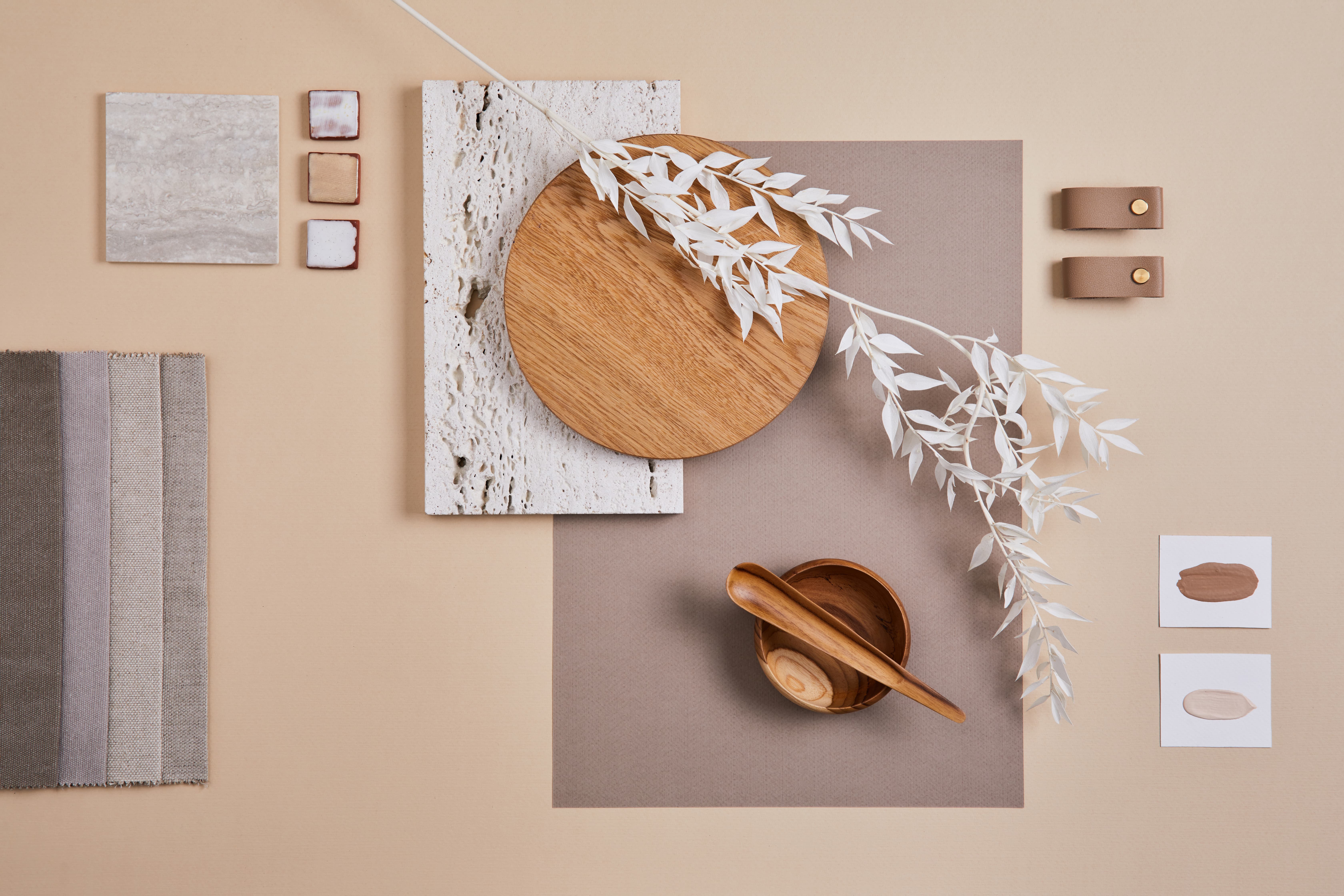Selecting the right material for your floor covering project can be challenging depending on your needs, budget, and location.
Porcelain is a versatile, reliable, and high-value choice for a wide range of applications.
Read the faq
-
Porcelain tiles Charateristics
-
What is Porcelain tiles?
Porcelain tiles are ceramic tiles made using special raw materials and high technological processes. They are made from clay – in this case, porcelain clay, and valuable feldspars, undergoing a firing process at extremely high temperatures, turn into compact tiles with the following features: chemical- and thermal-resistance, impact strength and scratch hardness. They have a moisture absorption rate which is less than 0.5% which make them perfectly suited for all kinds of environments.
-
What is the difference between Ceramic and Porcelain?
Tiles can be split into two groups, porcelain tiles and ceramic tiles.
Ceramic tiles are generally made from red or white clay fired in a kiln at temperature bellow 1200ºC. They are almost always finished with a durable glaze which carries the color and pattern. These tiles are used in both wall tile and floor tile applications, are softer and easier to cut than porcelain, and usually have a PEI 0 to 3 rating.
Ceramic tiles are suitable for light to moderate traffic and generally have a relatively high water absorption rating making them less frost resistant than porcelain tiles.
Porcelain tiles are the result of a mixture of porcelain and various minerals burned at over 1200º C. The resulting material is more homogeneous, dense, vitrified, and resistant than conventional ceramics. It is also less porous and therefore has a very low water absorption index, making it suitable for heavy traffic and all kind of enviroments.
-
-
Porcelain tiles Application
-
How do i know which type of antislip tile to use?
The anti slip tiles you should choose for your project depends on the type of room you’re tiling.
The most important factor to consider is how wet the tiles may get, with bathrooms, wetrooms and kitchens often subject to water from splashes and cleaning. However, hallways and utility rooms are also prone to becoming slippery, especially when wet shoes and boots bring mud and water in from outside.
For example, a bathroom would require a more gripping tile,min.R10, since you’ll be stepping in and out of the bath or shower, and the floor will likely get quite wet.
However not all tiles have an anti slip rating, and not all areas around the house require anti slip tiles.
For example, a bedroom which never gets wet doesn’t necessarily require an especially gripping floor space. -
What are the best tiles for bathrooms?
The bathroom, as we know, is where the most water is used, both for personal needs and for cleaning the sanitary facilities. A place where it becomes very important to take into account the degree of slipperiness of the tiles. An anti-slip rate R10, floor tile, would be ideal yet easy to clean, and safe.
For the bathrooms walls any option is a good one, from matt to glossy finishing. -
What are the best tiles for Kitchens?
Being the room where you spend the most time and where most activities are taking place such as preparing food, it can happen that food falls on the floor, causing not only possible stains to be removed, but also possible domestic accidents. This is why porcelain tiles comes to our aid, both for its ease of cleaning and for the possibility to choose a safe finishings, such antislip R10 or R11.
-
What is the most suitable antislip rate for Terrace and balconies?
Terraces or balconies have become part of the house, where one can spend time relaxing. For the flooring of this space, it is sufficient to choose a antislip coefficient R10. However you can always go in the safe side and pick an higher rate.
-
What is the most suitable porcelain floor for Outdoors and gardens?
The outdoor porcelain flooring have different possible thickness. And thickness, together with the degree of slipperiness (R), is a relevant factor for the choice.
In terms of thickness, Porcelain tiles can be in fact 10mm or 20mm. They both can be used in outdoor spaces but only the 20mm can be laid on either sand, grass or gravel, and it is the one more suitable for heavy traffic.
Suitable for outdoor use is the anti-slip tile coefficient R10, R11, R12 or R13, depending on the intended use, space and climatic conditions, which play a key role.
The higher the anti-slip rate, the greater the effort in terms of cleaning, but safety comes first and in case of doubt it is always better to be in the safe side.
-
-
Porcelain tiles Benefits
-
LEED. How can Porcelain tiles contribute to obtain points?
Quantum Porcelain tiles can be used to obtain LEED points in different categories of the rating systems, depending on their use.
Recycled material content.
Environmental certificates.
Maintenance. Easy to care for, with no need for aggressive chemical substances.
Energy performance. minimizing energy consumption by using pale colours with a high solar reflectance index ( SRI) on facades in places with hot climates or in interiors.
Water consumption. using a product that is easy to care for since it will require less water for cleaning purposes.
Regional materials. Quarried raw materials for production purposes and end products delivered to sites close to the production plant.
-
